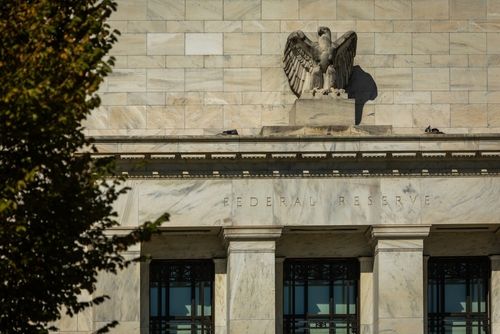Fed rate cuts only bullish for base metals if demand picks up
- Gold Price Forecast: XAU/USD drifts higher above $4,200 as Fed delivers expected cut
- Gold Price Steady Climb and the Sudden Surge of Silver and Copper: Will Their Bull Run Extend Into 2026?
- Gold Price Forecast: XAU/USD climbs above $4,250 as Fed rate cut weakens US Dollar
- Bitcoin Cash Unveiled: Why Did BCH Price Surpass BTC? Can it Soar to $1,000 in the Future?
- Silver Price Forecast: XAG/USD refreshes record high, looks to build on move beyond $61.00
- AUD/USD holds steady below 0.6650, highest since September ahead of China's trade data

Investing.com -- The recent pause in the rally of base metals is attributed to a combination of factors, including sluggish growth in China and a weakening US economy, said analysts at BofA Securities in a note dated Tuesday.
Despite financial markets expecting nearly five Federal Reserve (Fed) rate cuts by the end of the year, such monetary stimulus alone may not be sufficient to boost the base metals complex.
Historically, rate cuts have only been bullish for these metals when accompanied by a resurgence in manufacturing activity, a scenario that appears unlikely in the immediate future, they added.
Factors Affecting Base Metals
1. Economic conditions in China and the US
China's government has struggled to stimulate growth effectively, leading to concerns that the softness in industrial commodities could persist into the autumn and winter months. Concurrently, the US economy shows signs of weakening, further compounding the challenges for the base metals market.
2. Monetary stimulus and manufacturing activity
While monetary easing typically supports base metals, its effectiveness hinges on concurrent manufacturing activity growth. With current economic indicators suggesting a sluggish manufacturing sector, the anticipated Fed rate cuts may not lead to a bullish market for base metals as hoped.
Nickel market dynamics
1. Supply and demand fundamentals
In recent months, global nickel supply has stagnated while demand has increased, resulting in a market deficit. Indonesia’s RKAB (Work Plans and Budget) permitting initiative has temporarily reduced the country's nickel production, contributing to this shortfall.
However, with the government approving 260 million tonnes of nickel ore production annually from 2024 to 2027, a re-acceleration of output is expected.
2. China’s nickel market
China’s investment in Indonesia has significantly altered the domestic nickel market. Increased imports of nickel pig iron have led to a multi-year low in domestic production, while refined nickel production has risen, turning China into a net exporter of refined nickel.
This shift has introduced bearish pressures on nickel prices outside China, as Chinese-origin nickel now accounts for nearly 25% of inventories in London Metal Exchange (LME) warehouses, likely capping price increases.
Future outlook and challenges
1. Global nickel supply
Indonesia's strategic reconfiguration of its nickel industry, influenced by international regulatory pressures such as the US Inflation Reduction Act, suggests a shift towards a more balanced approach compared to the China-led foreign direct investment (FDI) strategy of recent years.
While this could stabilize the market in the long term, it may also introduce new complexities and delays in supply chain adjustments.
2. Price forecasts
BofA maintains its average price forecasts for nickel at $17,707 per tonne ($8.03 per pound) for 2024 and $17,625 per tonne ($8 per pound) for 2025, reflecting a cautious outlook given the current market dynamics.
Read more
* The content presented above, whether from a third party or not, is considered as general advice only. This article should not be construed as containing investment advice, investment recommendations, an offer of or solicitation for any transactions in financial instruments.

